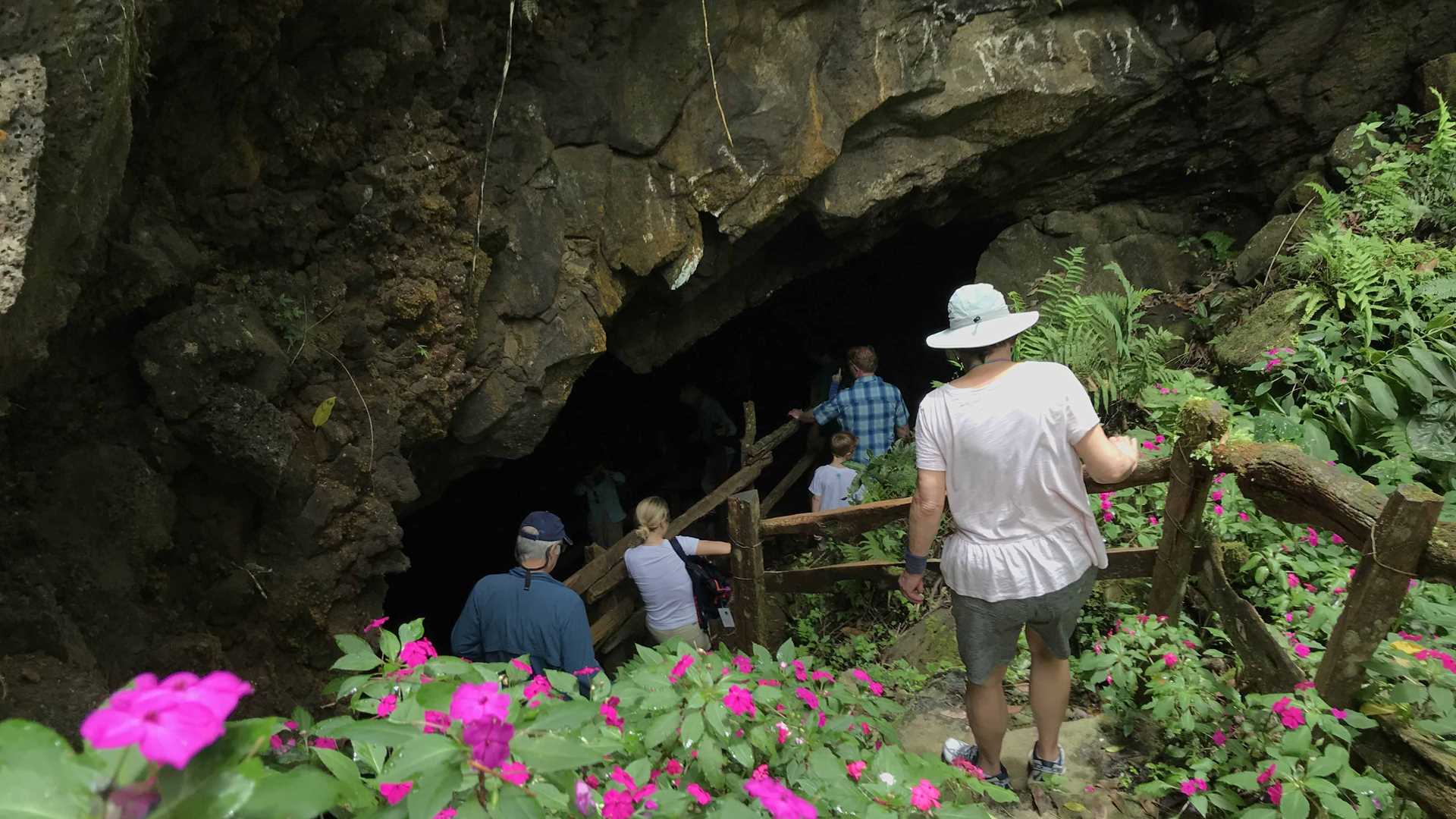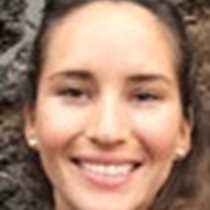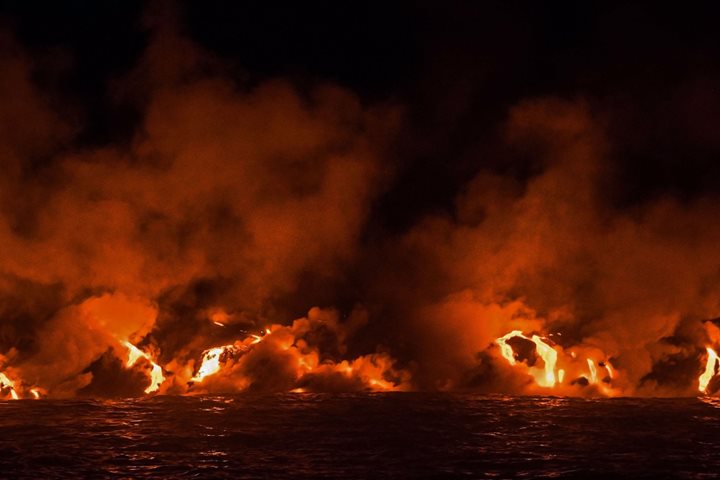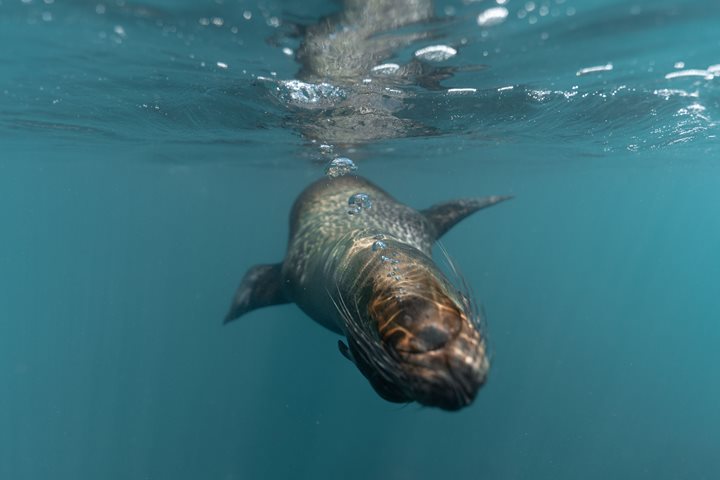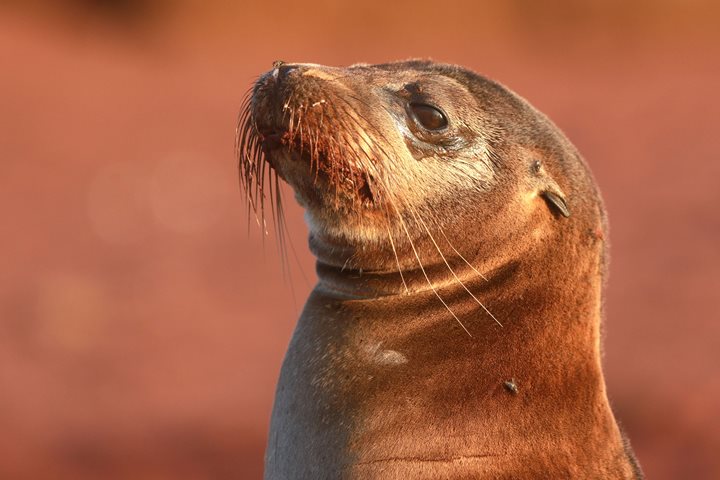Today was an exciting day for the National Geographic Islander guests and crew, today was Tortoise Day! We spent all day on Santa Cruz Island, one of the inhabited islands of the Archipelago and where the Galapagos National Park Headquarters and Charles Darwin Foundation are located. Furthermore, today was the day the local crew showed guests the town and shared their stories about how magical it was to grow up in paradise. We started tortoise day with a visit to the Tortoise Breeding Center, here we saw small, medium, large and giant tortoises, learned about their breeding program and about the different restoration, eradication and repatriation projects to maintain the Galapagos Islands protected and magical. The expedition continued on the highland of Santa Cruz Island, more precisely underground of this island, as we visited one of the longest lava tubes in South America, 700 meters in length. We also got the opportunity to visit a local sugar cane farm and coffee plantation to learn how the first Galapagos colonizers used to produce these crops in the 60s when there was no electricity, roads or cars. Adriano and Vicente, father and son and the owners of this farm, showed as around and told us incredible stories. The afternoon was like a dream for most of our guests, spent in the highlands walking, resting on hammocks and just enjoying the company of these wise animals, the Galapagos Giant Tortoises in the wild. When we visit Santa Cruz, our guests get to fulfill one of their lifetime dreams and walk right next the giant tortoises as they feed on the land they have called home for millions of years. It was truly an amazing Galapagos Tortoise day!
- Daily Expedition Reports
- 23 Feb 2018
Santa Cruz Island, 2/23/2018, National Geographic Islander
- Aboard the National Geographic Islander
- Galápagos
Gianna Haro, Naturalist
Most of Gianna´s memories seem to be dreams, made on flawless white sandy beaches with black lava rock contours and gorgeous turquoise ocean waters. Most of it happened while barefoot, in an enchanting place that some people regard as an ideal natura...
Read MoreShare Report
Related Reports
11/23/2022
Read
National Geographic Islander II
Isabela and Fernandina
Our day began with the chance to point out a lot of interesting geological features as we enjoyed Zodiac tours along a massive flank of Ecuador Volcano on Punta Vicente Roca. In the afternoon, we took a sunny walk on Punta Espinoza on Fernandina Island. We spotted many iguanas, and a bunch of sea lions hanging around, too.
11/22/2022
Read
National Geographic Islander II
North Seymour & Rabida Islands
Relatively small and low compared to neighboring Santa Cruz, North Seymour is located to the north of Baltra. The island is dry with predominantly low shrubs, like prickly pear cacti. The incense trees are bare during the dry season. Seabirds like frigatebirds and blue-footed boobies nest on the island, and sea lions rest on the sand when they are not fishing. Land and marine iguanas also live here. Rabida is in the middle of the archipelago and has a striking red sand beach. We observed a small colony of sea lions of all ages resting or nursing. Behind the beach, American flamingos nest in a brackish lagoon. This island is full of contrasts and wildlife that we enjoyed observing during this day of expedition.

